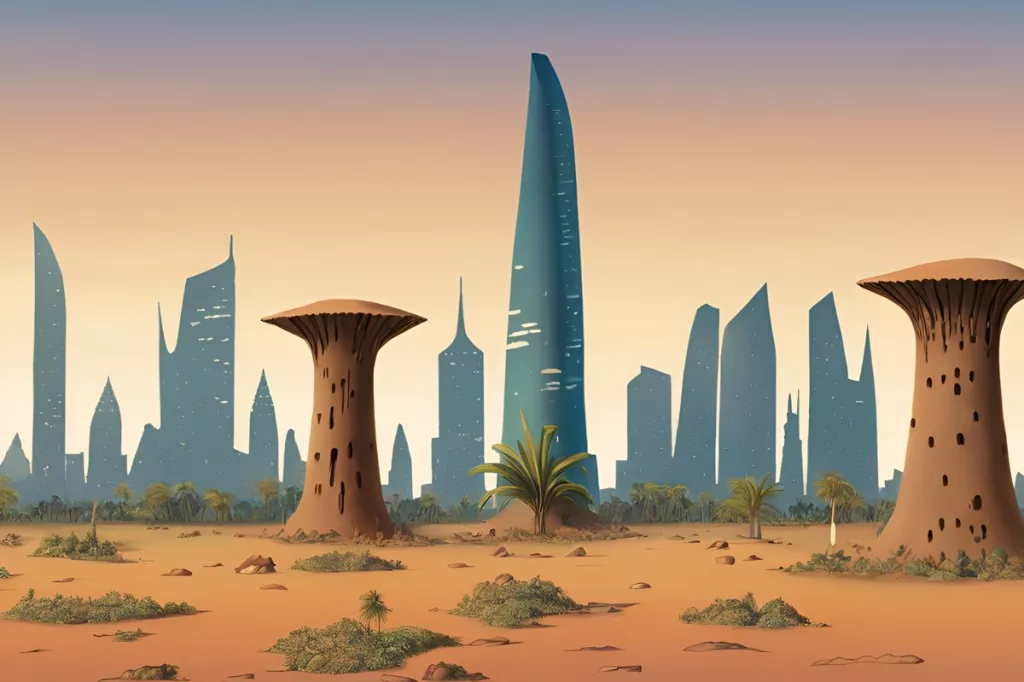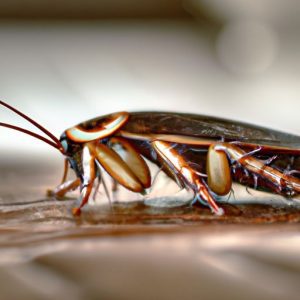The termite mounds of Namaqualand, South Africa, have been found to be the world’s oldest termite colonies, dating back 34,000 years. These heuweltjies have provided crucial insights into ancient climates, ecosystems, and carbon sequestration processes, making them important for calculating a country’s carbon budget and combating climate change. The termites’ harvesting activities and the dissolution of soil mineral calcite in these calcareous mounds offer longterm carbon storage solutions that companies strive to replicate in enhanced weathering and ocean alkalinity enhancement projects. These termite mounds are a natural wonder that provides a glimpse into Earth’s ancient past.
South Africa is currently facing a severe infestation of German cockroaches due to the rising temperatures and increasing humidity caused by climate change. CropLife, a nonprofit organization that represents manufacturers and suppliers of pesticides, has identified the usage of unregistered pesticides for indoor use and inadequate hygiene practices as the leading factors behind this outbreak.


